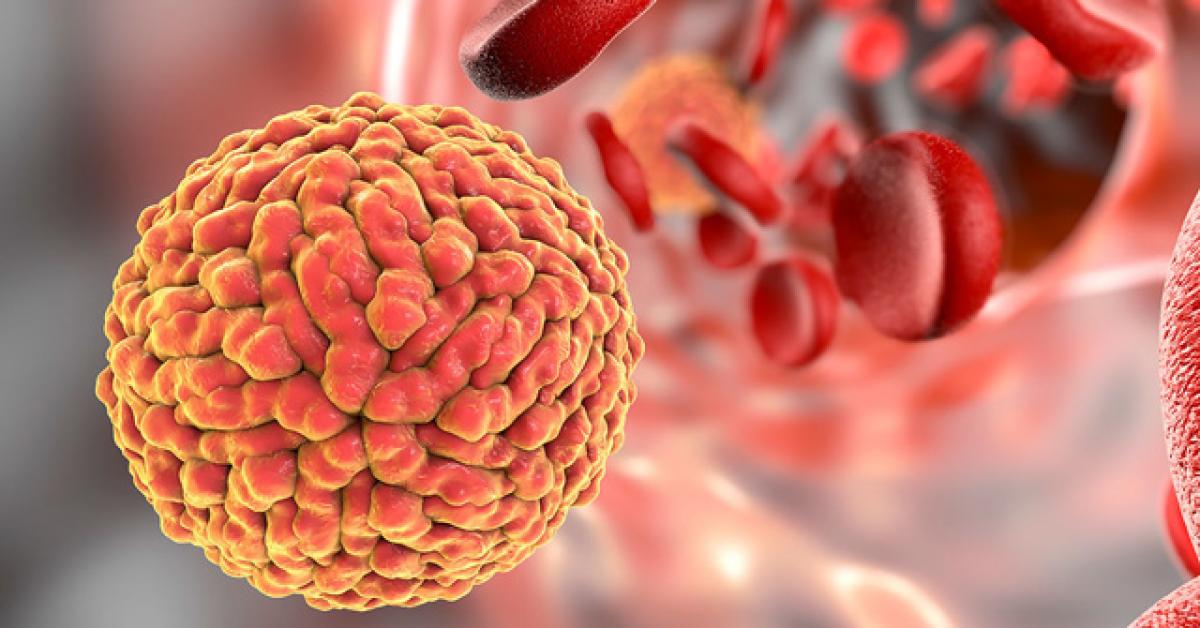Live
- Physically-challenged girl receives wheelchair
- Two hostel girls attempt suicide
- Sec’bad Cantt set to get SNDP push to tide over sewage woes
- Minister rules out fixing smart meters to farm pump sets
- BJP will kick out infiltrators once in power in Jharkhand: Yogi
- Priest injured in explosion near temple
- Party polling booth, mandal elections to be completed by Nov-end: Kishan
- HYDRA, TGPCB to jointly protect water quality in lakes
- Are strict laws needed to ensure MLAs attend Assembly sessions?
- Police arrest notorious inter-state OLX fraudster who duped 200 people









